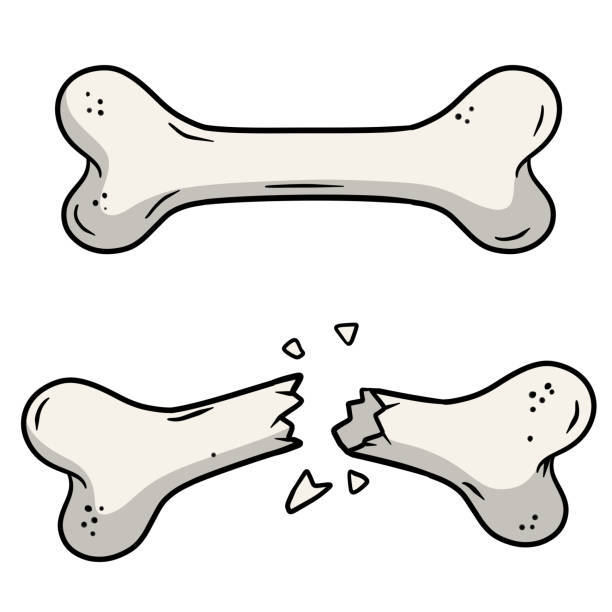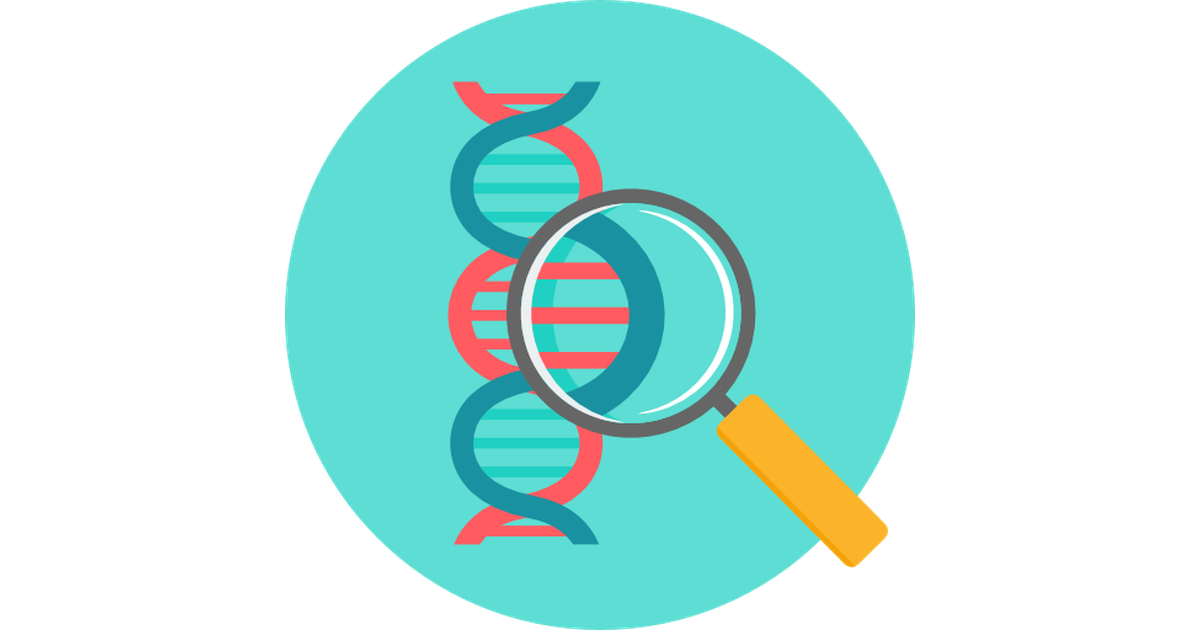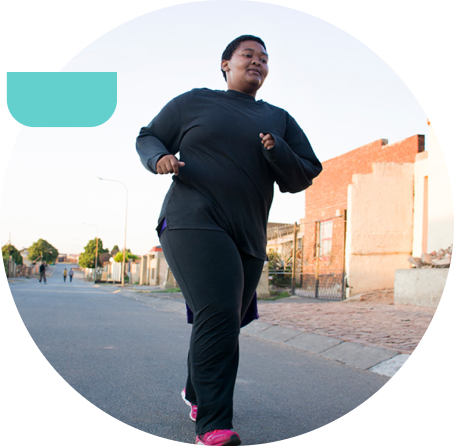Periosteal Chondroma
A very rare benign tumor composed of cartilage that grows from the surface of the bone. Cartilage is made of a tough, flexible, connective tissue found in many areas of the body and lines joint surfaces. The periosteal chondroma forms in the periosteum, a fibrous membrane made up of blood vessels and connective tissue that covers the bone. Also known as juxtacortical chondroma.















